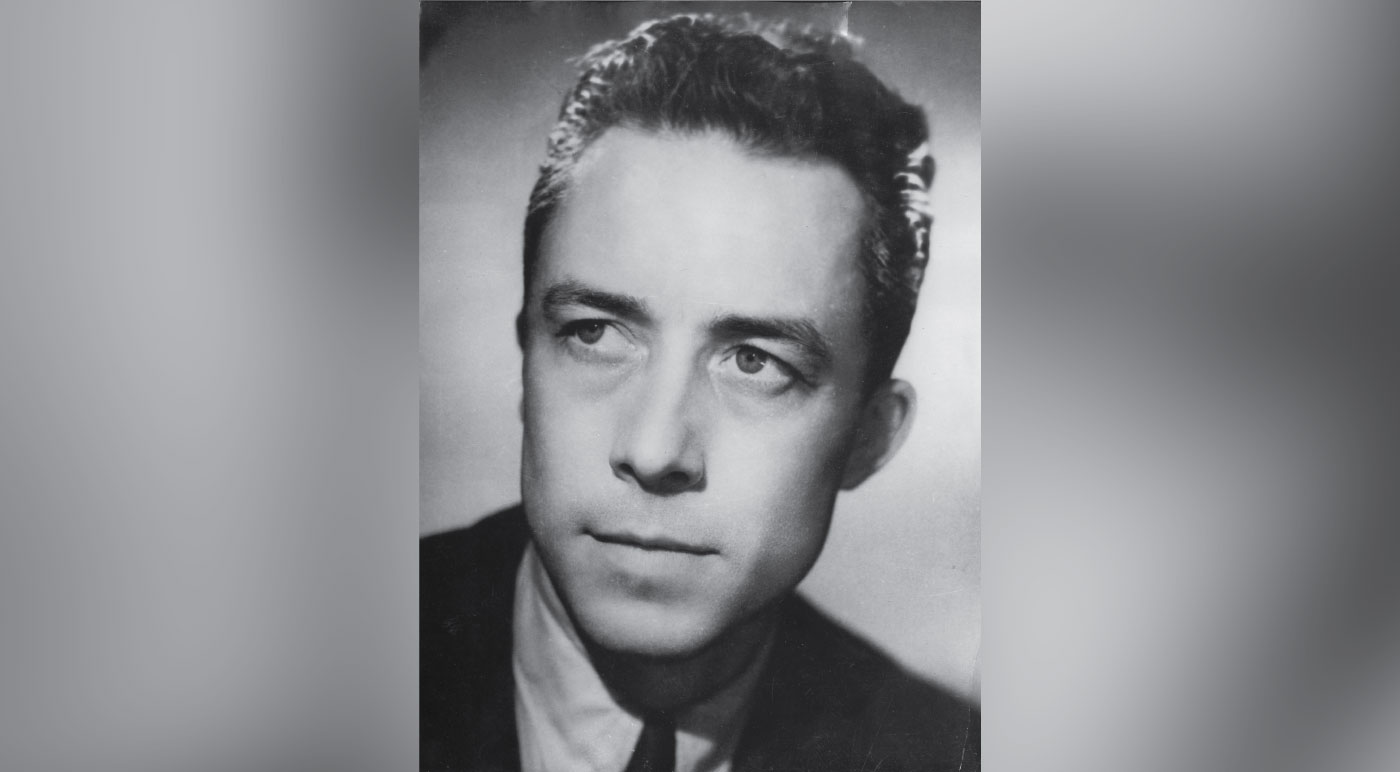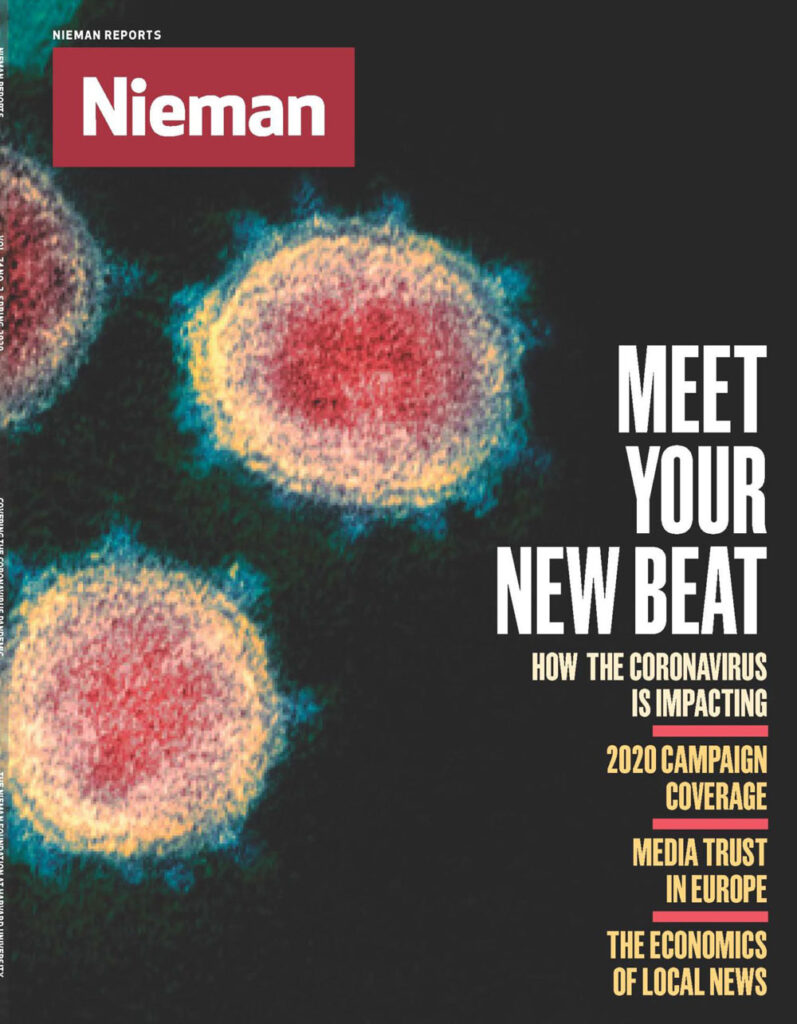In the normal course of human affairs, journalism is the first rough draft of history.
In a pandemic, however, journalism is the first rough draft of the future.
We are all sitting alone in our homes. We are also sitting somewhere in the mathematical foothills of coronavirus’s epidemic curve, staring up, wondering where the summit lies.
As I write on March 17, there are around 4,200 confirmed cases of coronavirus in the United States (as of publication on March 18, the CDC has updated that number to 7,038, which includes both confirmed and presumptive positive cases reported to them). This seems an insignificant pittance, given that almost every major event in the country is canceled or postponed, that the stock market suffered its worst losses in decades, that President Trump is seeking $850 billion in stimulus, and that San Francisco and other communities are under stay-at-home orders.
But we understand these extreme reactions because we loosely understand how the present may become the future—how those 5,000 could become 500,000 could become 50,000,000. It is the journalist’s job to bolster this understanding.
“At the beginning of a pestilence and when it ends, there’s always a propensity for rhetoric. In the first place habits have not yet been lost; in the second, they’re returning,” Albert Camus writes in “The Plague.” “It is in the thick of the calamity that one gets hardened to truth, in other words, to silence.”
We are in the thick of the calamity. But we journalists don’t have the privilege of remaining silent. We must predict, using the best available scientific and epidemiological data.
Scientific prediction is how the population will translate the present into the future, and act accordingly. And prediction is baked into the study and understanding of infectious disease. In the normal course of human affairs, the journalist might be loath to predict, to adopt the role of diviner over that of reporter. But in a pandemic, forecasting is what’s called for. Informed divination gets at the real truth of the matter: that the present will become the future, and that the future will be very different indeed.
“When you’re dealing with an emerging infectious diseases outbreak, you are always behind where you think you are if you think that today reflects where you really are,” Anthony Fauci, director of the National Institute of Allergy and Infectious Diseases and a member of the White House coronavirus task force, said Monday.
Indeed, journalists have long known that tomorrow things will change, and that indicators lag. Prediction has been the purview of empirical journalism for decades, at least since the early computer UNIVAC shared a CBS News stage with Walter Cronkite to help predict the results of the 1952 presidential election. (The computer picked Eisenhower over Stevenson early on.) These predictions have crescendoed at a small handful of contemporary publications, most prominently FiveThirtyEight, where I was a staff writer from 2014 to 2019. Using a variety of statistical models, the site has been devoted to predicting thousands upon thousands of electoral and sports contests. And its predictions, at least in terms of their predictive value, are very good. (FiveThirtyEight has thus far avoided much forecasting of the effects of coronavirus, though it did discuss its economic impact on sports.)
But predictions aren’t made in a vacuum.
For example, a recent paper in the Journal of Politics found that such popular electoral predictions can confuse and demobilize voters, giving them the sense that races are less competitive than they really are. These are criticisms that FiveThirtyEight and others had faced long before they reached the academic literature. If races are seen as less competitive, the argument goes, would-be voters might not vote. “We cannot say with certainty,” one of the study’s authors told Slate. “But given how close the [2016 presidential] election was in some states, it is entirely possible that forecasts could have flipped the election in favor of Trump.” In Michigan, for example, Hillary Clinton was a 79 percent favorite in the FiveThirtyEight model; she lost the state by 0.3 percentage points.
Predictions have consequences. They may alter the behavior of the participants in the very event being predicted, and therefore the outcome of that event, and therefore the well-being of those participants. To abuse Heisenberg, you can’t predict something without affecting it.
Maybe that can be a good thing. Forecasts of the severity of a pandemic certainly affect behavior, too. And journalists ought to embrace that fact rather than shun it.
“The virus will always get you if you don’t move quickly,” said Michael Ryan, the executive director of the World Health Organization’s Health Emergencies Programme, at a press conference discussing lessons learned from Ebola responses in recent years. “If you need to be right before you move, you will never win. Perfection is the enemy of the good when it comes to emergency management. Speed trumps perfection. The problem we have in society at the moment is everyone is afraid of making a mistake. Everyone is afraid of the consequence of error. But the greatest error is not to move.”
Journalists, more than many, are afraid of the consequence of error, appended as those errors may be onto the bottoms of our articles. But perhaps, for our profession, too, perfection is the enemy of the good when reporting on pandemics.
It wasn’t until sometime early last week, standing—alone, of course—in my apartment on the phone with a friend that I began to do some multiplication. One outlet, citing a Harvard epidemiologist, had reported that something like 40 to 70 percent of Americans would contract the coronavirus. Others had said that the mortality rate was around 1 percent. That implied that … give me a sec ... more than 1.5 million Americans would die of this disease. I hadn’t heard anything like this discussed anywhere, and I’d been obsessively consuming the news. It simply couldn’t be right, but it was right.
It was only then, in my kitchen, that I dramatically changed my own outlook from unserious to vigilant. And my own behavior. I’ve barely gone out in public since, fully embracing the tenets of social distancing.
Finally, on Friday, The New York Times reported, based on Centers for Disease Control and Prevention scenarios, that as many as 200,000 to 1.7 million people in the U.S. could die. And on Monday, the paper reported, based on work by an epidemic modeling group at Imperial College London, that 2.2 million people in the United States could die. ProPublica’s modeling of hospital beds, based on data from the Harvard Global Health Institute, was similarly—and appropriately!—scary.
At last!
First, the success of these reports is a sense of scientifically informed future scale. The predictions are certainly not perfect, but they orient the reader’s understanding of what could be to come. They provide a loose map to translate the present into the future. Scale is all-important here. Exponential growth—5,000 to 500,000 to 50,000,000—is a sensitive and powerful and often misunderstood thing. It ought to be treated as such.
Worst-case scenarios may often be “incorrect,” but they are precisely what we want to be able to insure against. I won’t often have a heart attack, but I should understand what happens — and what it costs — if I do. Thereby, perhaps I’ll eat better.
Second, in looking to the future, journalists ought to embrace the observer effect. We ought not to be shy in presenting worst-case scenarios, based on the soundest scientific thinking available, but we ought also to augment these scenarios with alternatives. What might happen if you, the readers, alter your behavior en masse? The Imperial College London report, for example, presents its results in a variety of scenarios, from “do nothing” to “case isolation, home quarantine, and social distancing.” Scale within the scale. What happens if you indeed eat better.
One wonders here what the results of the 2016 presidential election might have been had FiveThirtyEight presented a variety of scenarios concerning its readers’ voting responses to its declaration that Hillary Clinton was a heavy favorite on Election Night.
You can’t predict something without affecting it.
In some ways, the coronavirus pandemic has proven the sheer power of visual and empirical journalism. The “flatten the curve” diagram, popularized by The Economist and then everywhere, has become an international rallying cry, a potent visual shorthand for the importance of social distancing. And The Washington Post’s justifiably popular infection simulator illustrates the mechanism underlying a flattened curve. And the Financial Times is graphing the virus spread by country, highlighting the effectiveness of various early and severe policies in places such as Singapore and Hong Kong.
Still other publications have already embraced this move-first spirit in a more qualitative way. The Atlantic, for example, ran a piece titled “Cancel Everything.” And almost everything got canceled.
It’s easy to say that prediction is a fool’s game; it often is. But pandemics are sui generis in human affairs. An invisible force meddles in the world, often unfelt, driven solely by sensitive epidemiological mathematics and our collective behavior. To the extent that journalists can unspool the math and nudge the behavior, they ought to.




